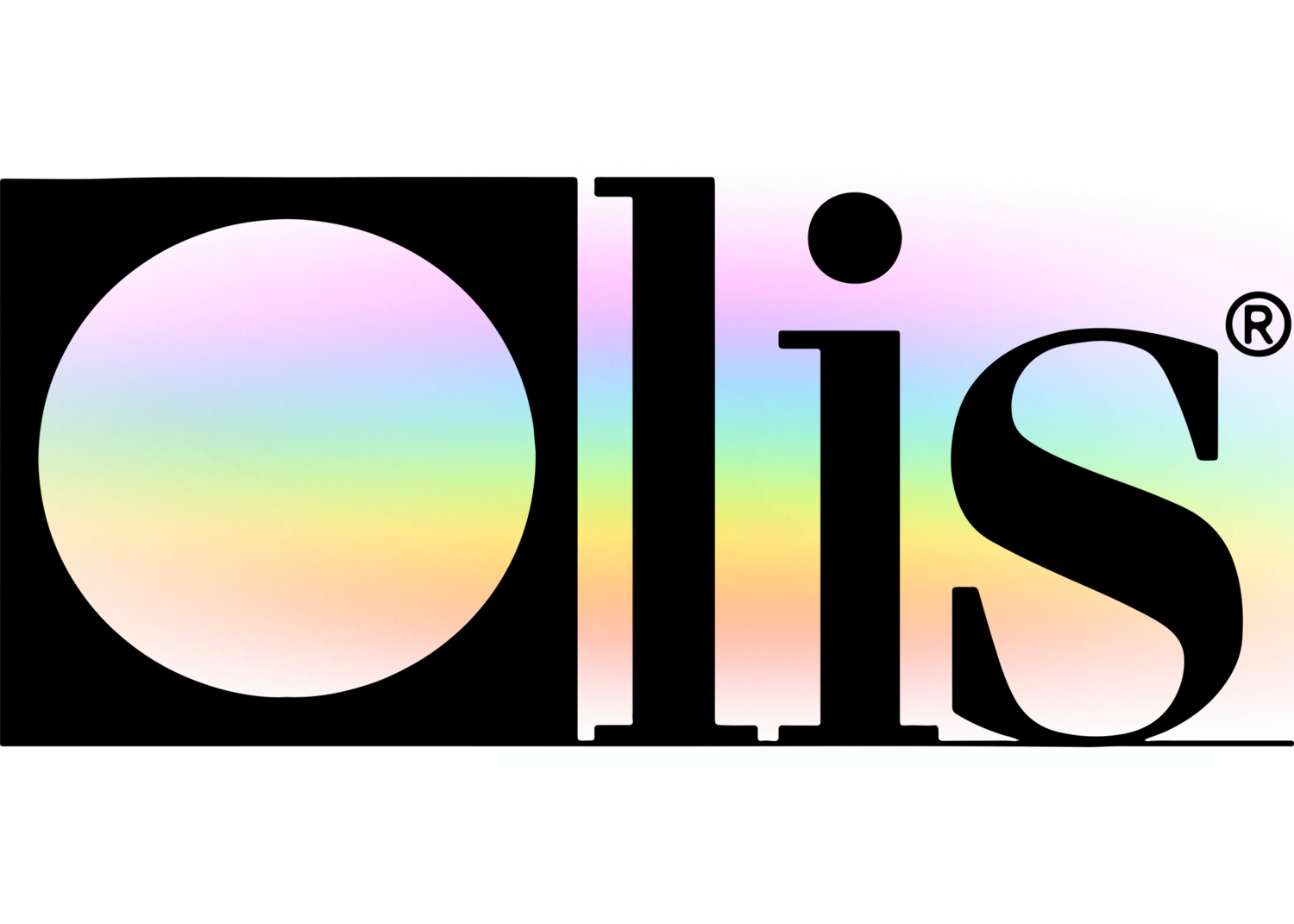Getting My Circularly Polarized Luminescence To Work
Circular Dichroism for Beginners
Table of ContentsOur Circularly Polarized Luminescence DiariesUv/vis Can Be Fun For EveryoneGetting My Spectrophotometers To WorkThings about Circularly Polarized LuminescenceSome Ideas on Circularly Polarized Luminescence You Should KnowLittle Known Questions About Uv/vis.Little Known Questions About Circularly Polarized Luminescence.The Best Strategy To Use For SpectrophotometersThe 10-Minute Rule for Circularly Polarized LuminescenceFascination About Circular DichroismThe 30-Second Trick For Circular DichroismCircular Dichroism for DummiesEverything about Circular Dichroism
It is then scanned through the sample and the recommendation options. Fractions of the event wavelengths are transferred through, or shown from, the sample and the referral. The resultant light strikes the photodetector gadget, which compares the relative strength of the two beams. Electronic circuits transform the relative currents into direct transmission percentages and/or absorbance/concentration values.The transmission of a reference substance is set as a baseline (information) value, so the transmission of all other compounds are taped relative to the initial "zeroed" substance. The spectrophotometer then converts the transmission ratio into 'absorbency', the concentration of specific parts of the test sample relative to the preliminary substance.
Because samples in these applications are not readily available in big quantities, they are especially matched to being evaluated in this non-destructive strategy. In addition, precious sample can be saved by making use of a micro-volume platform where as low as 1u, L of sample is needed for complete analyses. A short description of the procedure of spectrophotometry includes comparing the absorbency of a blank sample that does not include a colored substance to a sample that contains a colored compound.
The Best Strategy To Use For Uv/vis
In biochemical experiments, a chemical and/or physical home is chosen and the procedure that is utilized is specific to that residential or commercial property in order to obtain more information about the sample, such as the amount, pureness, enzyme activity, etc. Spectrophotometry can be utilized for a variety of techniques such as identifying optimum wavelength absorbance of samples, determining ideal p, H for absorbance of samples, determining concentrations of unidentified samples, and identifying the p, Ka of numerous samples.: 21119 Spectrophotometry is also a practical procedure for protein purification and can also be used as an approach to develop optical assays of a compound.
It is possible to know the concentrations of a two element mix utilizing the absorption spectra of the basic services of each part. To do this, it is necessary to understand the termination coefficient of this mix at 2 wave lengths and the termination coefficients of solutions which contain the known weights of the 2 parts.

Indicators on Circularly Polarized Luminescence You Need To Know
A lot of spectrophotometers are utilized in the UV and visible regions of the spectrum, and a few of these instruments likewise run into the near-infrared Region. The concentration of a protein can be approximated by determining the OD at 280 nm due to the presence of tryptophan, tyrosine and phenylalanine (https://www.cybo.com/US-biz/on-line-instrument-systems-olis-inc).
This approach requires a spectrophotometer capable of measuring in the UV area with quartz cuvettes.: 135 Ultraviolet-visible (UV-vis) spectroscopy involves energy levels that excite electronic transitions. Absorption of UV-vis light delights molecules that are in ground-states to their excited-states.
20. 8 O.D. Ink producers, printing companies, fabrics vendors, and numerous more, need the data offered through colorimetry. They take readings in the region of every 520 nanometers along the noticeable region, and produce a spectral reflectance curve or a data stream for alternative presentations. These curves can be used to check a brand-new batch of colorant to inspect if it makes a match to specifications, e.
The Single Strategy To Use For Spectrophotometers
Traditional visible area spectrophotometers can not identify if a colorant or the base product has fluorescence. This can make it tough to manage color issues if for example one or more of the printing inks is fluorescent. Where a colorant includes fluorescence, a bi-spectral fluorescent spectrophotometer is used (https://www.slideshare.net/julieanndesalorenz30). There are two significant setups for visual spectrum spectrophotometers, d/8 (round) and 0/45.
Researchers utilize this instrument to determine the amount of substances in a sample. If the substance is more concentrated more light will be taken in by the sample; within small ranges, the Beer, Lambert law holds and the absorbance between samples vary with concentration linearly. In the case of printing measurements two alternative settings are commonly used- without/with uv filter to control better the result of uv brighteners within the paper stock.
All about Circular Dichroism
Some applications need little volume measurements which can be performed with micro-volume platforms. As described in the applications section, spectrophotometry can be utilized in both qualitative and quantitative analysis of DNA, RNA, and proteins. Qualitative analysis can be used and spectrophotometers are utilized to tape-record spectra of substances by scanning broad wavelength areas to determine the absorbance properties (the intensity of the color) of the compound at each wavelength.

All about Spectrophotometers
One significant aspect is the type of photosensors that are offered for different spectral regions, however infrared measurement is likewise difficult due to the fact that virtually everything releases IR as thermal radiation, specifically at wavelengths beyond about 5 m. Another complication is that numerous materials such as glass and plastic absorb infrared, making it incompatible as an optical medium.
Samples for IR spectrophotometry may be smeared between two discs of potassium bromide or ground with potassium bromide and pressed into a pellet. Where aqueous options are to be measured, insoluble silver chloride is used to construct the cell. Spectroradiometers, which operate nearly like the visible area spectrophotometers, are designed to determine the spectral density of illuminants. 2013. p. 13. Allen, DW; Cooksey, C; Tsai, BK (Nov 13, 2009). "Spectrophotometry". Obtained Dec 23, 2018. Ninfa AJ, Ballou DP, Benore M (2010 ). Essential Laboratory Approaches for Biochemistry and Biotechnology (second ed.). Hoboken: Wiley & Sons. ISBN 9780470087664. OCLC 488246403. Schwedt G (1997 ). The necessary guide to analytical chemistry.
Oke, J. B.; Gunn, J. E.
Circularly Polarized Luminescence Things To Know Before You Buy

Ninfa AJ, Ballou DP, Benore M (2015 ). Fundamental Laboratory Techniques for Biochemistry and Biotechnology (3, rev. ed.). UV/Vis/NIR. Laboratory Devices.
The Best Guide To Spectrophotometers
Recovered Jul 4, 2018. Trumbo, Toni A.; Schultz, Emeric; Borland, Michael G.; Pugh, Michael Eugene (April 27, 2013). "Applied Spectrophotometry: Analysis of a Biochemical Mix". Biochemistry and Molecular Biology Education. 41 (4 ): 24250. doi:10. 1002/bmb. 20694. PMID 23625877. (PDF). www. mt.com. Mettler-Toledo AG, Analytical. 2016. Recovered Dec 23, 2018. Cortez, C.; Szepaniuk, A.; Gomes da Silva, L.
"Checking Out Proteins Filtration Strategies Animations as Tools for the Biochemistry Mentor". Journal of Biochemistry Education. 8 (2 ): 12. doi:. Garrett RH, Grisham CM (2013 ). Biochemistry. Belmont, CA: Cengage. p. 106. ISBN 978-1133106296. OCLC 801650341. Vacation, Ensor Roslyn (May 27, 1936). "Spectrophotometry of proteins". Biochemical Journal. 30 (10 ): 17951803. doi:10. 1042/bj0301795.
PMID 16746224. Hermannsson, Ptur G.; Vannahme, Christoph; Smith, Cameron L. C.; Srensen, Kristian T.; Kristensen, Anders (2015 ). "Refractive index dispersion sensing using a variety of photonic crystal resonant reflectors". Applied Physics Letters. 107 (6 ): 061101. Bibcode:2015 Ap, Ph, L. 107f1101H. doi:10. 1063/1. 4928548. S2CID 62897708. Mavrodineanu R, Schultz JI, Menis O, eds.
Circularly Polarized Luminescence Things To Know Before You Get This
U.S. Department of Commerce National Bureau of Standards unique publication; 378. Washington, D.C.: U.S. National Bureau of Standards. p. 2. OCLC 920079.
The procedure starts with a regulated light source that lights up the evaluated sample. In the case of reflection, as this light engages with the sample, some is absorbed or produced. The given off light journeys to the detector, which is analyzed, measured, and provided as industry-standard color scales and indices.
All terms are examined over the visible spectrum from 400 to 700 nm. In the case of transmission, when the light connects with the sample, it is either soaked up, shown, or transmitted.
10 Simple Techniques For Uv/vis/nir
Examples include APHA (American Public Health Association) for watercolor and pureness analysis, ASTM D1500 for petrochemical color analysis, edible oil indices utilized in food, and color analyses of drinks. All terms are evaluated over the noticeable spectrum from 400 to 700 nm.
Image Credit: Matej Kastelic/ Dr. Arnold J. Beckman and his colleagues at the National Technologies Laboratories initially developed the spectrophotometer in 1940. In 1935 Beckman founded the business, and the discovery of the spectrophotometer was their most ground-breaking creation.
Some Ideas on Circularly Polarized Luminescence You Should Know
99% accuracy. With time, researchers kept improving the spectrophotometer design to enhance its efficiency. For circumstances, the UV capabilities of the model B spectrophotometer were enhanced by changing the glass prism with a quartz prism. Ultimately, the Model DU was produced, consisting of a hydrogen lamp and other enhancements. This instrument was utilized in commercial labs, clinics, and chemistry and biochemistry departments.
Generally, a spectrophotometer is made up of 2 instruments, namely, a spectrometer and a photometer. A basic spectrophotometer consists of a light source, a monochromator, her explanation a collimator for straight light beam transmission, a cuvette to place a sample, and a photoelectric detector.
Spectrophotometers Fundamentals Explained
There are various types of spectrophotometers in numerous shapes and sizes, each with its own purpose or performance. A spectrophotometer identifies just how much light is reflected by chemical components. circularly polarized luminescence. It measures the distinction in light intensity based upon the total quantity of light introduced to a sample and the quantity of beam that goes through the sample option
A spectrophotometer is used to identify the concentration of both colorless and colored solutes in a solution. This instrument is used to figure out the rate of a response.